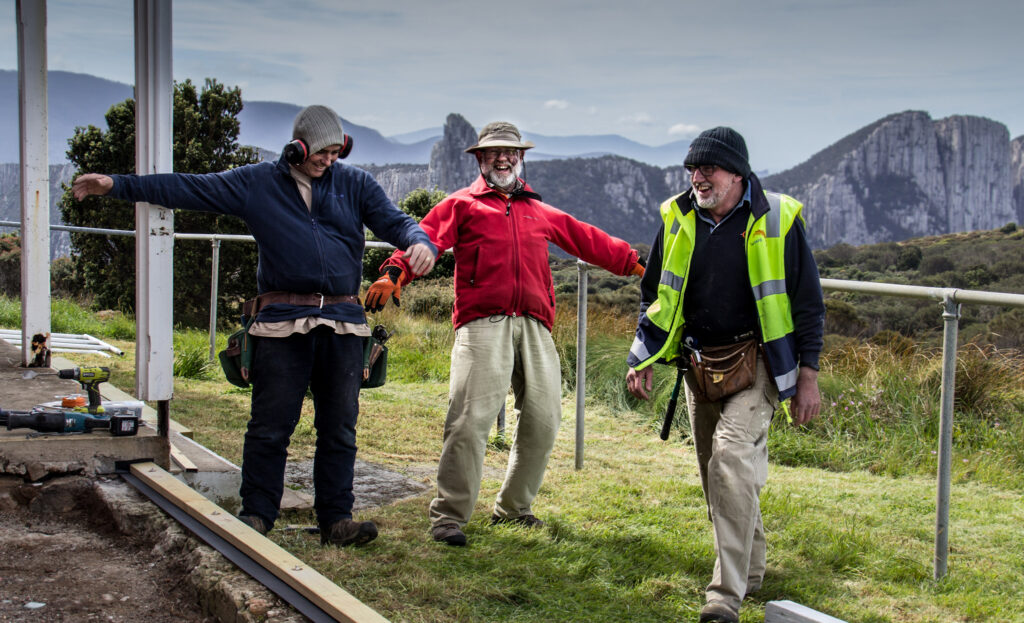
Join Our Community
Care for Tasmania's wild places, wildlife & cultural heritage
Join Wildcare
We invite you to become a member of Wildcare Tasmania. Just by joining, you are already supporting our volunteers and making a positive impact.
Become a Wildcare MemberAbout Us
Wildcare Tasmania is a community of volunteers and donors caring for Tasmania's wild places, wildlife and cultural heritage. Wildcare has almost 60 volunteer groups that members can join.
About UsGet Involved
We offer inspiring opportunities in beautiful places, working in close partnership with the Tasmanian Government, councils, and private landowners.
Join a GroupDiscover and Join
Wildcare Groups
Browse the groups below and sign up to their email list by clicking 'Join this Group'. Join as many groups as you like, it's a great way to find out about opportunities, impact and stories.

Wildcare Friends of Devonport Reserves
The Friends of Devonport Reserves are a group of volunteers who support and assist, where required, the care and maintenance of the reserves in the Devonport Municipality.
WILDCARE Wildlife Rescue and Rehab
Our members provide a first response service when people report injured or orphaned animals in the northwest of Tasmania. Animals are cared for until they are ready for staged release to suitable habitat.

Wildcare Lumeah Point
Lumeah Point is a ‘pan handle’ on the north western side of Pipeclay Lagoon, with Cremorne to the east and Clifton Beach to the south. The area is home to just over 40 residences and has nurtured several generations of youngsters over the past 40+ years.
How we reach people
Explore our events
Latest News
Read about the latest happenings
© 2025 Wildcare Tasmania Incorporated. All rights reserved. Web Design by Ionata Digital










